In addition to offering alms to the souls, Khmer people in Ho Chi Minh City also make offerings to monks who go begging around Chantarangsay Pagoda, to pray for peace during the Sene Dolta ceremony on October 14.

According to the Khmer people's customs in the South, from August 29 to September 1 of the lunar calendar (this year, October 13-15 of the solar calendar), the Sene Dolta ceremony takes place. This belief has the same meaning as the Vu Lan ceremony of Southern Buddhism.
At noon on October 14, at Chantarangsay Pagoda, District 3, 150 monks went on alms round (also known as alms round) around the pagoda. Buddhists from both sides offered cakes, fruits, and money in the alms bowls to the monks.

Leading the way was Venerable Danh Lung, abbot of Chantarangsay Pagoda, the highest ranking monk in the group of monks who were begging for alms. The monks came from several pagodas in Ho Chi Minh City and the Western provinces. All of them went barefoot, following the Southern Buddhist ritual.
According to the abbot of the pagoda, the alms-begging ritual is meant to sow good karma. The person making the offering will pray for good health, and pray for their ancestors to help them overcome suffering, be reborn in a good realm, and for other unfortunate souls.

The monks hold their bowls at their waists, while on both sides, Buddhists put in four main items: rice, cakes, fruit, and money. The monks walk slowly, circling the main hall and temple yard.

Next to the main hall, Ms. Tuyet Minh, from Tra Vinh , respectfully offered alms to each monk. "For Khmer people, the Sene Dolta ceremony is as important as Tet. No matter how busy people are, they still try to go to the pagoda to worship their ancestors and pray for peace for their families and loved ones," said the 34-year-old woman.

Foreign father and son offer cakes and candies to monks. Depending on their sincerity, participants in the ceremony bring different offerings.

The alms-seeking activity lasted about 25 minutes. After making offerings, Buddhists clasped their hands in prayer, expressing their respect to the monks and Buddha.

Before that, many other activities of the Khmer community's Sene Dolta ceremony took place at Chantarangsay Pagoda. From 5am, Buddhists came to the pagoda to perform the ritual of scattering rice balls for the ownerless souls.
The person in the lead holds a spirit-calling flag (right corner) as if to guide the hungry ghosts to where to offer food. The group behind them take turns putting food on trays placed around the main hall. During this time, when the sky is still dark, the hungry ghosts can appear to receive incense and flowers from the people offering food.

Offerings usually include rice balls, sweet and salty foods, and small pieces of fruit for the spirits to eat. People usually walk around the ceremony three times, the first for ancestors, the next for relatives or parents, and the last for the spirits.

In addition, in the temple, there is also the activity of tying red thread to pray for luck and peace. In the main hall, monks perform Dharma talks, chant prayers to the Buddhists at the ceremony and pray for the souls of the deceased.

At noon, Buddhists offer salty rice to the monks and pray below. Dishes are usually braised meat, stir-fried meat, vegetables, hot pot, fruit...
The Southern Buddhist sect practices according to the original Buddhist precepts, whatever people offer, the monks eat. Therefore, Southern Buddhist monks are not purely vegetarian but are allowed to eat meat.

Chantarangsay was built in 1946, also known as Candaransi (meaning Moonlight) and is the first Khmer temple in Saigon. The temple has an area of 4,500 m2, is a place of practice for monks of the Southern sect, and a place of cultural activities for the majority of Khmer people in the South.
During the year, the pagoda celebrates major holidays according to Buddhist traditions and Khmer culture such as Chol Chnam Thmay, Buddha's birthday, Ok Om Bok, Sene Dolta...


![[Photo] Keep your warehouse safe in all situations](https://vphoto.vietnam.vn/thumb/1200x675/vietnam/resource/IMAGE/2025/10/1/3eb4eceafe68497989865e7faa4e4d0e)




![[Photo] President of the Cuban National Assembly visits President Ho Chi Minh's Mausoleum](https://vphoto.vietnam.vn/thumb/1200x675/vietnam/resource/IMAGE/2025/10/1/39f1142310fc4dae9e3de4fcc9ac2ed0)
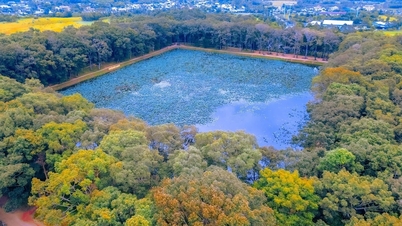








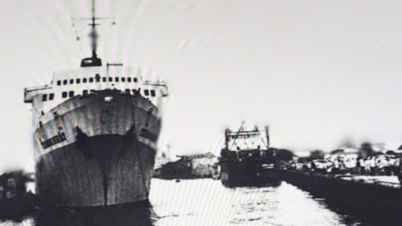




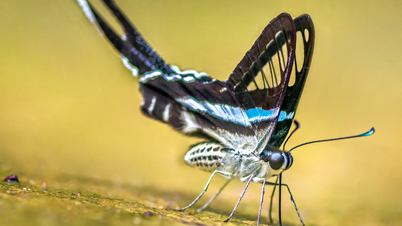
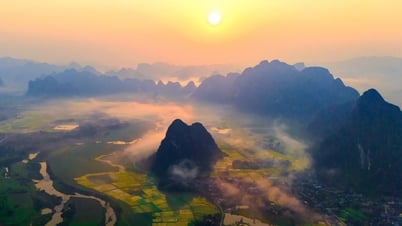
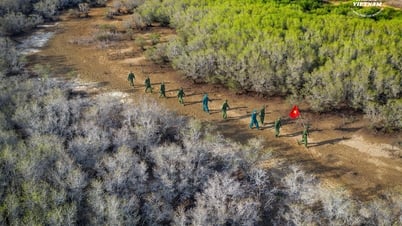
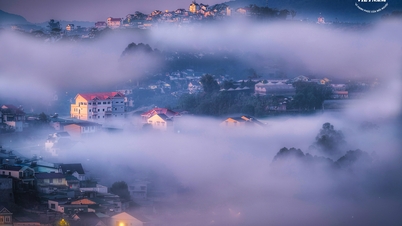










![[Photo] Hanoi morning of October 1: Prolonged flooding, people wade to work](https://vphoto.vietnam.vn/thumb/1200x675/vietnam/resource/IMAGE/2025/10/1/189be28938e3493fa26b2938efa2059e)























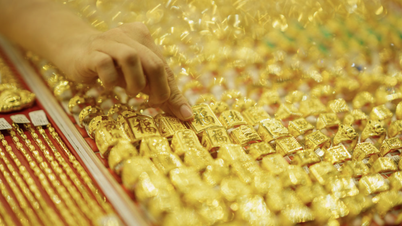
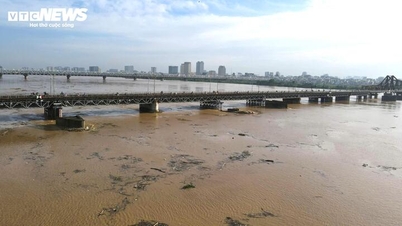



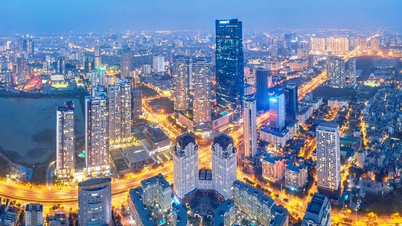
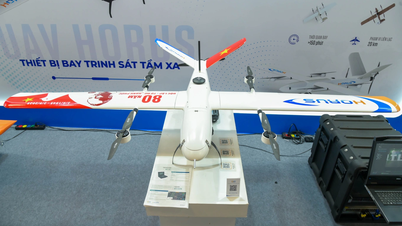











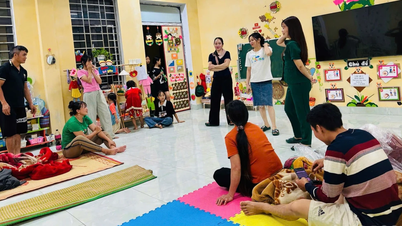
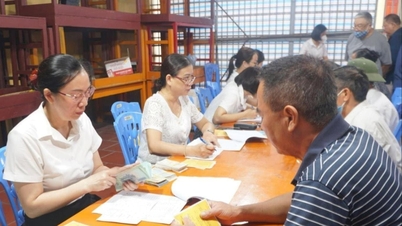

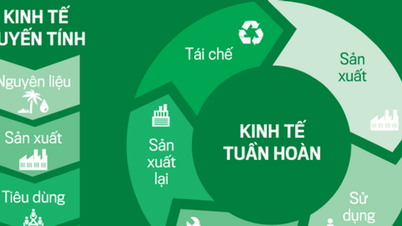

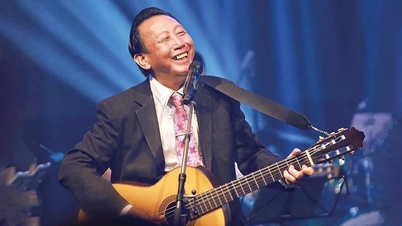
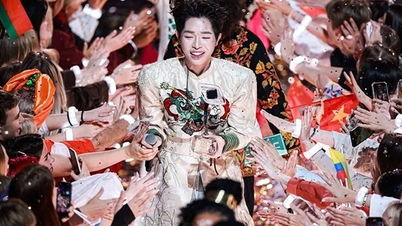














Comment (0)